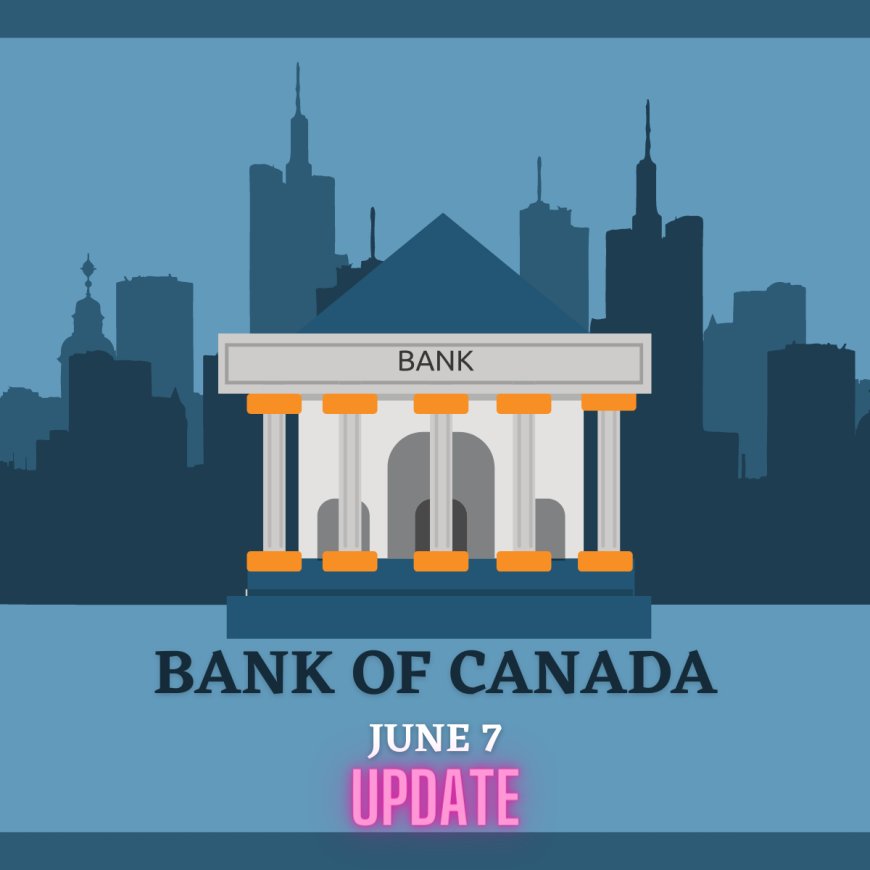Bank of Canada raises key interest rate to 4.75%, the highest level in 22 years. Here’s what’s next

The Bank of Canada has made the decision to increase its benchmark interest rate to 4.75 percent, marking the first upward adjustment since January. Initially, the central bank had temporarily halted its aggressive campaign of rate hikes to assess the impact on inflation. However, recent data has revealed a surprisingly resilient Canadian economy, exceeding growth expectations. Furthermore, after nine consecutive months of decline, the inflation rate unexpectedly rose last month.
By raising the interest rate from 4.5 percent to 4.75 percent, the Bank of Canada has reached its highest level since 2001. While there was a slight chance that the bank might raise the rate now, the move still caught many investors and economists off guard, as the consensus view suggested a probable increase later in the year.
Presently, there is growing speculation among observers that more rate hikes are on the horizon. Trading in swaps investments has already factored in at least one more hike by the end of the year, and there is even openness to the possibility of additional increases to 5.25 percent or beyond.
The central bank's decision will have a significant impact on variable rate mortgage holders, as their payments have already surged this year. The previously announced rate hikes have already added over $1,000 to the monthly payment of a $500,000 mortgage, and this is before considering the latest increase.
Following the Bank of Canada's decision, major Canadian banks swiftly matched the rate hike, raising their prime lending rates to 6.95 percent.
Economist Armine Yalnizyan, an Atkinson Fellow of the Future of Workers, questions the bank's move, arguing that it will negatively affect vulnerable Canadians without effectively addressing underlying inflation concerns and may even exacerbate the situation. Yalnizyan highlights the substantial increase in mortgage interest costs as the primary driver of last month's inflation spike, emphasizing that the bank itself sets these costs.
Yalnizyan suggests that central banks worldwide are falling into the trap of employing the same inflation-taming measures used for decades, despite the unique circumstances of this period. She argues that raising rates might not be the right solution, but it has become the only method relied upon since the 1980s, and therefore, it continues to be employed.
There is a consensus view that the Bank of Canada is far from finished with rate hikes. Economist Royce Mendes from Desjardins expresses skepticism that sufficient progress will be achieved in restoring price stability before the next scheduled rate decision, implying that this latest increase might not be the final one in the current cycle. Consequently, there is an inclination towards another 25-basis-point hike in July, potentially taking the policy rate up to five percent.
Economist Stephen Brown from Capital Economics, who anticipated the rate hike, shares the belief that further increases are likely. However, he notes that a single 25-basis-point hike might not significantly impact the overall assessment, unless the CPI and labor market data before the July meeting deviate substantially from current expectations. Accordingly, there is a strong possibility of another 25-basis-point hike at the upcoming meeting before the bank's summer break.







